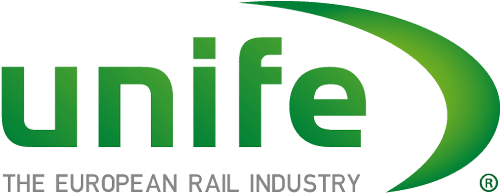London Underground Central Line
The London Underground Limited (LUL) is responsible for operating the London Underground and owns more than 250 stations. The Central line is 74 km long and the second busiest line in the London Underground network carrying more than 260 million passengers per year.
Challenge for London Underground Central Line
As part of a broader programme to extend the life of the London Underground Central Line fleet of 85 eight-car trainsets, which entered revenue service between 1991 and 1994, London Underground aimed to replace the existing Data Transmission System and upgrade the Passenger Information System (PIS)/Public Announcement (PA) system. These upgrades were necessary to meet evolving customer expectations and comply with updated legislative requirements.
The refurbishment project, involving 680 metro cars, will extend the fleet’s service life until its planned retirement. The original data transmission system, supplied by EKE-Electronics and Westinghouse Signals & Brakes during the fleet’s initial service entry, was a key component targeted for replacement to ensure continued reliability and performance.
Project duration
2017-2023 (Although the schedule was compromised due to COVID restrictions)
Scope
EKE-Electronics provided a full turn-key modernisation for the Central Line fleet’s Data Transmission System. This included installation design and the prototype train installation, which played a crucial role in helping the customer plan their own works and production. By offering this level of support, the project was able to move forward efficiently, even in the face of complex requirements.
Solution
The solution encompassed a variety of systems and functionalities, which included:
- Turn key Train Control and Management System for the Data Transmission Service and application software
- Brake controller interfaces
- Event Recorders with Rugged Memory (OTDR)
- SmartVision Condition Monitoring
- PIS/PA system incl. Passenger emergency points and cab-to-cab communication.
In addition to these, EKE’s integrated approach ensured that each component worked seamlessly with the others.

